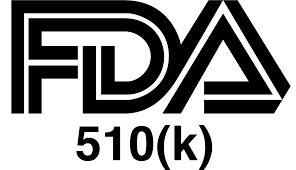FDA clears device for Diabetic Foot Ulcer Treatment
December 29, 2017 | Friday | News
The Dermapace System is to be used in the treatment of chronic, full-thickness diabetic foot ulcers
The U.S. FDA permitted marketing of the Dermapace System to Sanuwave, Inc.
Dermapace System is the first shock wave device intended to treat diabetic foot ulcers.
Amputation is sometimes necessary when circulation is so poor that a foot ulcer fails to heal or when treatment fails to stop the spread of an infection.
The Dermapace System is intended to be used in the treatment of chronic, full-thickness diabetic foot ulcers with wound areas measuring no larger than 16 cm2 which extend through the epidermis, dermis, tendon, or capsule, but without bone exposure.
The Dermapace System is an external shock wave system that uses pulses of energy, similar to sound waves, to mechanically stimulate the wound.
The device is intended for adult patients, presenting with diabetic foot ulcers lasting for more than 30 days, and should be used along with standard diabetic ulcer care.
The FDA reviewed clinical data from two multi-centers, randomized, double-blind studies with a total of 336 diabetic patients.
Who are receiving either usual care, which includes wet-to-dry dressings or debridement (removal of damaged tissue) as needed, plus the Dermapace System shock wave therapy or usual care plus non-working (sham) shock wave therapy.
Both patient groups included those with poorly controlled and well-controlled blood glucose levels.
The patients who had between one and seven treatments with the Dermapace System showed an increase in wound healing at 24 weeks with a 44 percent wound closure rate.
Those patients treated with the sham shock wave therapy showed a 30 percent wound closure rate during the same time period.
The Dermapace System was reviewed through the de novo premarket review pathway, a regulatory pathway for some low- to moderate-risk devices of a new type for which there is no legally marketed predicate device to which the device can claim substantial equivalence.
This action also creates a new regulatory classification that would allow future devices to go through the FDA's 510(k) process, whereby devices can demonstrate substantial equivalence to this predicate device.










